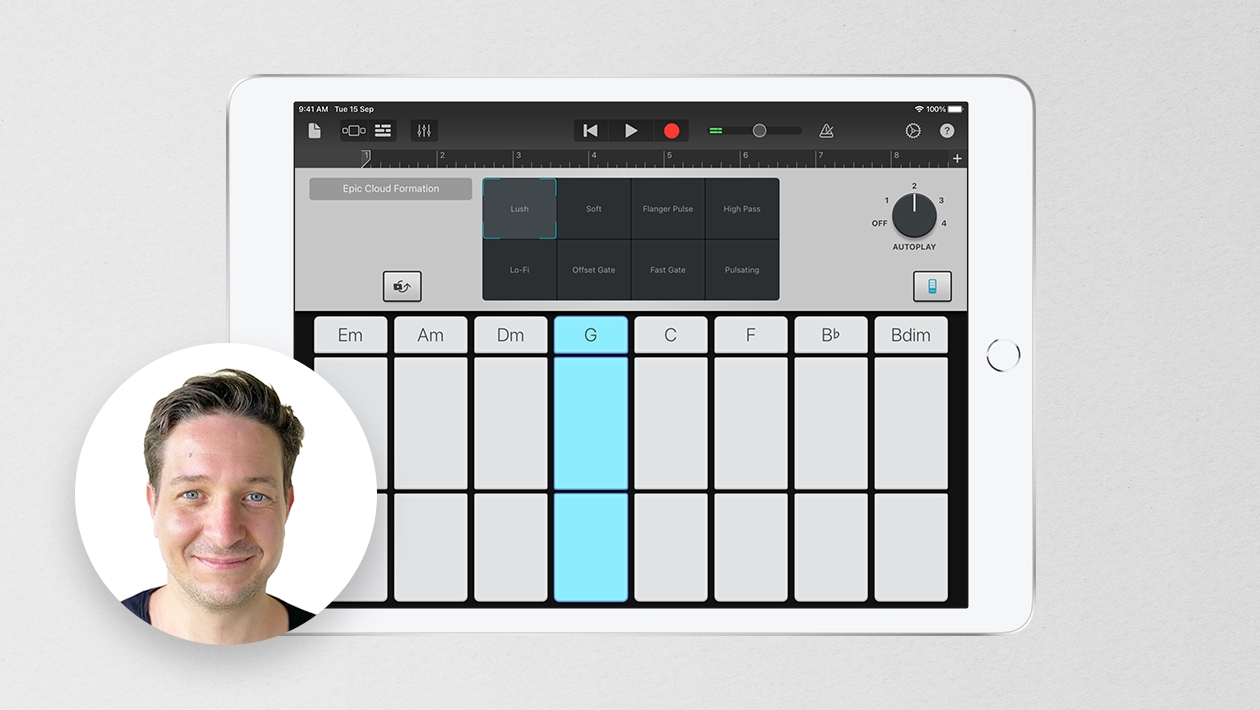In early elementary school, students develop counting skills to determine the number of objects in a set. That is, they count the objects one at a time to find out how many there are. Then, the students build on these skills to become more efficient and explore skip counting. That is, they learn to count by twos, fives, and tens.
GarageBand is the tool I love for students to use to build fluency in counting, including skip counting because of the creativity it encourages and the flexibility to change the tempo so that it is just right for each and every student.
Note: The idea I share below is an extension activity and can be used to bring GarageBand into the math classroom.
This first part can be done outside of class, in preparation for the lesson.
As the teacher, use the Everyone Can Create Project 'Write Your First Song' to write your first song. Then, tap Live Loops to access the Live Loops Grid.
Then, tap Settings and set the song tempo to 60 beats per minute. This is a natural counting rhythm of one number per second.
Tap the trigger button below a column to start all of the cells in that column. The music will play at the tempo you set (60 beats per minute).
Start here with your students.
Gather a collection of objects, such as blocks, and model how to skip count by twos to determine how many blocks are in the set. Before you start counting, tap the trigger button below a column. As the music plays, count to the beat.
The tempo of 60 beats per minute will not be just right for all students.
Share the GarageBand file with your students and teach them to set the tempo just right for them to use to build their skip counting fluency. The tempo they set for counting by ones may not be the same as the tempo they set at first for counting by twos. As they build their fluency, though, they can increase the tempo and continue to practice.
The first time I used GarageBand in this way in the classroom, all students were able to count along to the beat at a tempo that was just right for them. They smiled, danced, and showed how much they enjoyed math! Without the simple adjustment in tempo, the music might have been too fast or too slow for all students to participate in the lesson. I’ll never go back to a one-size-fits-all skip counting activity because I know one size doesn’t fit all.












September 19, 2022 . English
English
What a creative merger of GarageBand and math! I also love how you highlight a differentiation strategy here: that the tempo can be adjusted so that it's "just right" for each student. I wish I had learned to count this way!
This action is unavailable while under moderation.
This action is unavailable while under moderation.